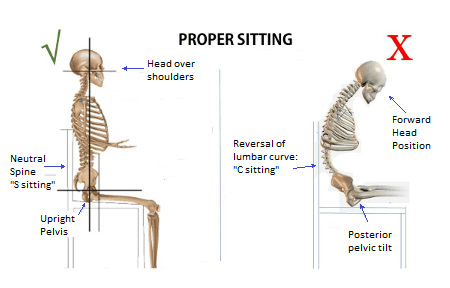
Working with a shankel – we figure out how to do it right
All horses react differently to the impact of the leg – while some move forward with ease, some do not feel the message at all and resist in every possible way.
Dorothy Schneider and Derano
If the horse moves with difficulty under the rider or without him, shows serious resistance (gets up on the “candles”), then first of all need to see a veterinarianyour horse may be in pain that is restricting his movement. In addition, it is necessary check ammo, especially the saddle and girth, as they can cause a lot of discomfort to your horse if they don’t fit.
The main goal
The work itself should be as easier. The secret is to make your controls become habitual and understandable for the horse. To do this, you must be relaxed, as it is your tension that can prevent the horse from moving forward.
Typical mistakes:
- Excessive accompaniment of the horse by the pelvis. When a horse is not responding well, many riders will unconsciously send the horse forward with their pelvis. However, such movements interfere with the balance of the horse, as he does not understand what is required of him. Usually the pelvis is used for transitions, obsessions and collection (frames). Therefore, accompanying the movement with the pelvis leads to tense hips, and, accordingly, a pinched back of the horse, because of which it will only slow down.
- Heel up. It provokes a raised knee and tight hips, which causes the lower back to stop cushioning properly. From here follows a forward landing. The rider’s body is no longer in the right position, which interferes with the horse and it starts to shrink.
- Clamped leg. Leads to a forward-leaning body and outward-turning toes. Such clamping occurs unconsciously, or out of inexperience, when the rider thinks that if he stops pressing with his legs, the horse will stop.
Leg reaction
Even if the horse responds slowly and reluctantly to your leg, in fact, his soft tissues are sensitive to light pressure.
Necessary stock up on patience and a whip, which will only help a little. If the horse is uncomfortable with the whip, but there is a need for it, then introduce it into work gradually.
The rider must sit quietly, without restricting the movement of the horse. You need to make sure that the horse’s shoulders are free, that the reins do not restrict forward movement. The way you have to work with your foot, you coach will advise. He can show by touching the leg how much force you need to work on the horse.
Relaxed leg promotes more forward movement
The message is accompanied light whip action, which is located behind the rider’s foot. Do not abuse the whip – alternate sending with a whip and sending without it. You must understand how to work in order to be successful. Always praise your horse when he “hears” the leg signal.
All horses reacts differently to the leg, and this must be taken into account. If the horse is very nervous, then he will not be able to properly respond to the leg and whip. With some horses more frequent leg work is more correct, with some less frequent leg work.
Leg Work
Without proper footwork, there will be no competent and correct riding, so it is very important to understand how to still use your legs correctly.
An open knee will allow the horse to move forward more freely.
Try a little “slightly open” the knee when sent. In this way, the leg becomes more relaxed, which in turn allows the horse to move forward more freely. The free knee helps to relax the back and hips, hence the deeper seating. The toe of the foot should look forward, and the heel should not go up. Try to sit on a chair, pay attention to the position of your legs: the knees are bent, but relaxed, directed forward, the toe of the foot is not twisted anywhere.
Of course, these tips cannot be universal, since everyone has their own anatomical features that must be taken into account, but we have outlined a path for you, it remains only to start following it.
Source





